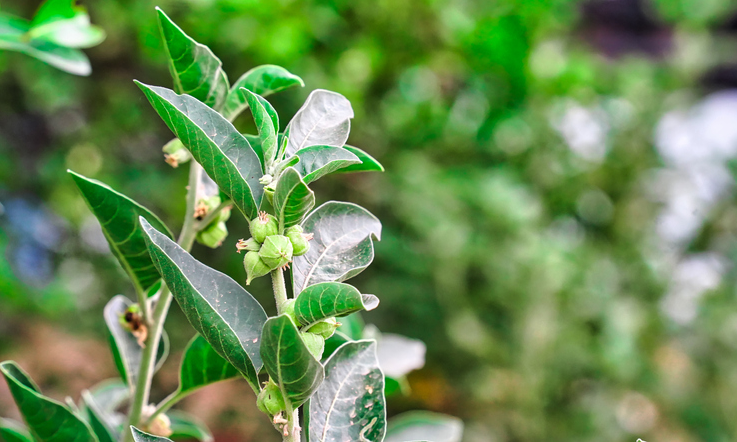Shakeup in ashwagandha sector? India’s AYUSH caution against use of leaves in supplements

The ministry said this was because it has not been reported in the classical Ayurveda texts that the leaves of ashwagandha (withania somnifera) were used.
Instead, it was the roots that were reported to be of use in the classical text, as well as the Ayurvedic Pharmacopoeia of India.
The ministry released the notice as it said some of the existing OTC formulations sold in the markets contain ashwagandha leaves.
However, it stressed that “neither their safety and efficacy is vividly studied nor reported in ASU (Ayurveda, Siddha, and Unani) classical texts.”
“The Ayurvedic Pharmacopoeia of India defines that the asvagandha consists of dried mature roots of Withania somnifera Dunal (API, Part I, Vol. I).
“No substantial evidence and literature is available to endorse the efficacy of crude drug or extract of Withania somnifera leaves. Considering this, it would not be appropriate to consider the Withania somnifera leaves as ASU medicines at this stage,” AYUSH said, adding that it should also not be used in food supplements in the name of ASU drugs.
Speaking to NutraIngredients-Asia, Sandeep Gupta, founder and CEO at India’s Expert Nutraceutical Advocacy Council (ENAC), said the announcement would affect the industry.
“Definitely [it will affect the industry], some of the OTC brands have been selling very cheap ashwagandha. Why are [some] ashwagandha [products] cheap? It is so when it is coming from the leaves and so many people are using it.
“Ashwagandha roots is always expensive [as compared to ashwagandha leaves], and the extraction process is very important,” he said.
A search on Amazon India found that most of the well-known brands are selling ashwagandha products containing root extracts, but others are marketed as leaf-based products, claiming that the leaves “have a number of health benefits, including its adaptogenic properties,” as well as accelerating weight loss.
Some other products found on the e-commerce site did not specify which part of the plant was used, and only stated ashwagandha extract as the ingredient used.
Gupta explained that leaves were a popular option as it was cheaper than roots.
“This is a large issue and the government should make a proper news on it so that the common people are aware of it.
“However, it is the industry’s responsibility and accountability if something is concerning the consumers and needs to be highlighted or corrected as soon as possible and try to use the right source of ashwagandha, which is through the roots,” he said.
Ingredient supplier, Akay Natural Ingredients, also agreed with AYUSH's announcement.
"It is true that Ayurveda does not say about the usage of leaves. It talks only about the roots. So, as a company, we are promoting our 100 per cent root-based and correctly standardised extract as per USP," chief marketing officer, Emmanuel Nambusseril said, adding that the company sells ashwagandha root extract trademarked AshwaBEST.
He believes that the announcement by AYUSH is unlikely to affect manufacturers producing quality products.
"We do not think that the quality-oriented manufactures will have any issues. The leaves came into picture as a method to lower the cost and to circumvent some of the patent issues. Otherwise, roots are widely used. Leaves also contain some toxic compounds which are absent in roots," he said.
Price difference
The price difference between ashwagandha leaf and root extract was generally four to 10 fold, depending on the quality of the roots, Nambusseril said.
"The most important point which many of the nutraceutical manufacturers are not even aware of, is the amount of withanolides in roots and leaves. Roots contain lower levels as compared to the leaves," he said.
As such, he claimed that for some ingredient suppliers, there was the practice of mixing ashwagandha leaf extracts with root extracts to achieve a higher concentration of withanolides.












